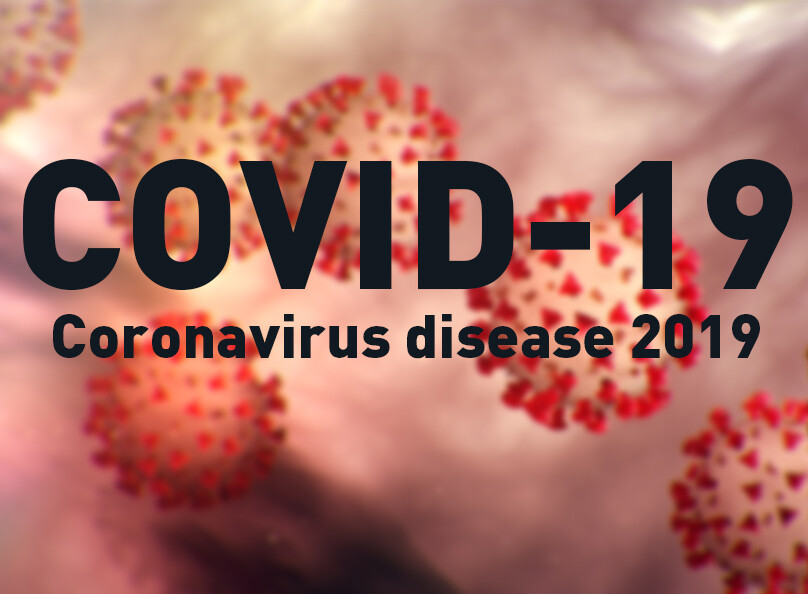Infectious Diseases
Nuclear technology saves lives in innovative ways to combat deadly infectious diseases in Canada and worldwide. In doing so, the nuclear industry has demonstrated its extensive expertise and ability to adapt quickly to rapidly spreading microbes.
COVID-19 is a highly contagious virus that created a global pandemic. It spread internationally in 2020, infecting millions and killing hundreds of thousands. The Canadian nuclear industry helped fight this global problem:
- Bruce Power donated personal protective equipment (PPE) to front-line workers and shipped cobalt-60 to Nordion for distribution to medical facilities, as the isotope was urgently needed for sterilization of medical equipment.
- Canadian Nuclear Laboratories (CNL) adapted its 3D printers to produce face shields for healthcare workers and designed and built several tools to combat the virus, including a low-cost, negative-pressure isolation room. CNL also donated PPE to hospitals and care facilities.
- Ontario Power Generation donated PPE to the Ontario Ministry of Health for distribution, including more than one million surgical masks, and adapted its 3D printers to make face shields. OPG also teamed up with Feed Ontario with a $500,000 donation to launch an emergency food-box program.
These are just a few examples of the nuclear industry’s contributions, which continue to grow as the fight against COVID-19 progresses. But there are other infectious diseases that nuclear has helped combat.
Ebola is a virus that spreads through direct contact with bodily fluids. It has severe and rapid symptoms that kill about half of infected patients. An outbreak in 2014 drew international attention and a response from the nuclear industry. Because the symptoms can be difficult to distinguish from those of a regular flu, and the virus is highly contagious, rapid detection is crucial to curbing its spread. One of the detection techniques, called polymerase chain reaction, depends on radioisotopes to detect fluorescent molecules that attach to DNA associated with the virus.
Malaria kills more than 400,000 people every year, most of them in Africa and most of them children under five. One of the key approaches to stopping malaria is to target the mosquitoes that carry the disease, but their resistance to traditional insecticides is growing. An innovative alternative is the sterile-insect technique, which utilizes X-ray and gamma radiation to sterilize male insects, thereby preventing them from reproducing.
Zika is a virus that is passed along through Aedes mosquitoes and can cause devastating congenital disabilities. It drew international attention when it spread outside of its usual equatorial zone in 2007. As with malaria, the sterile-insect technique has been used to stop male mosquitoes from reproducing.

